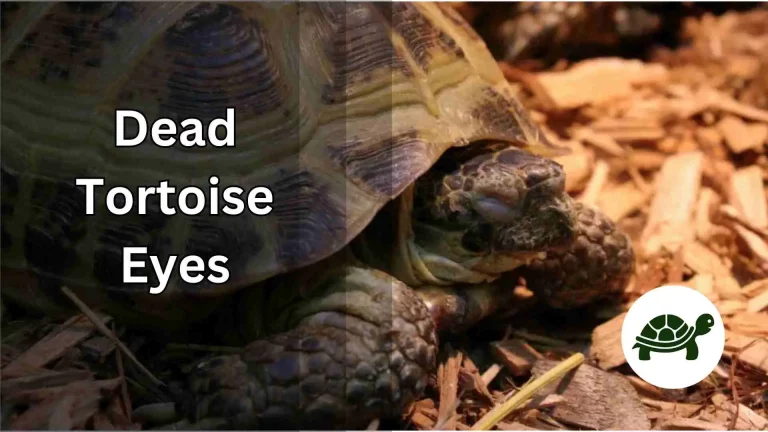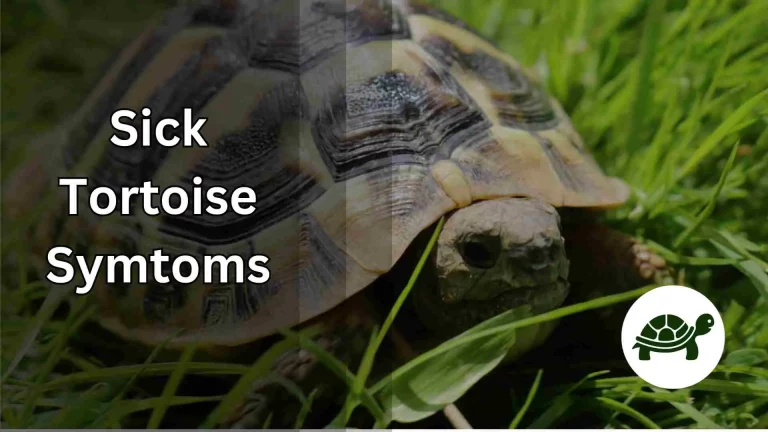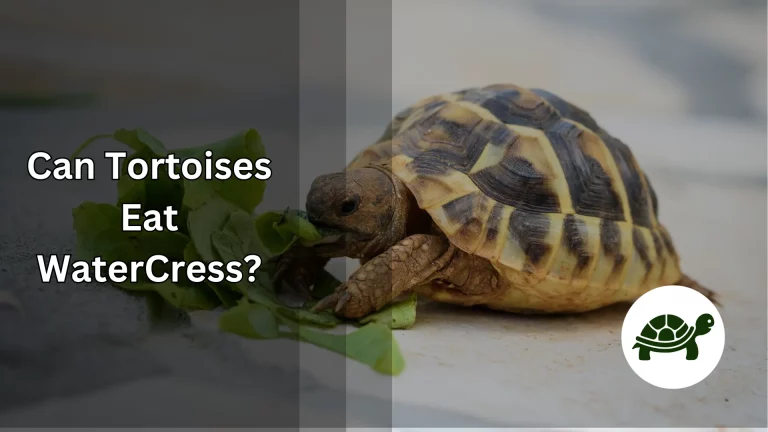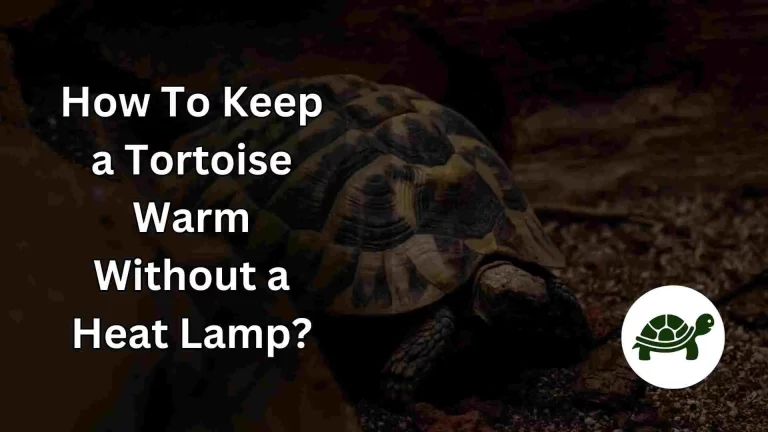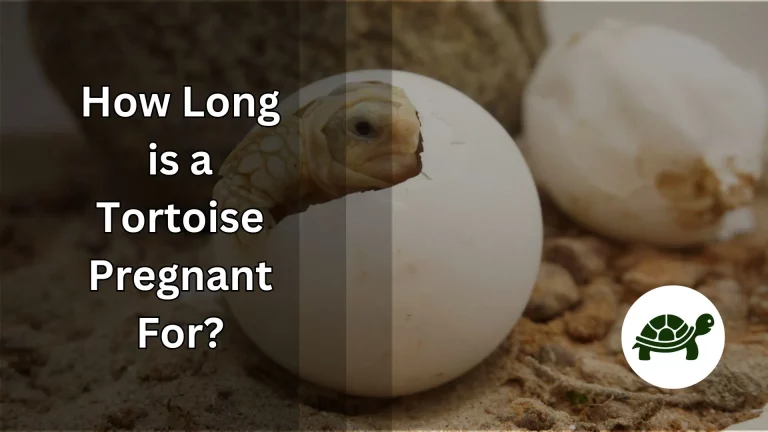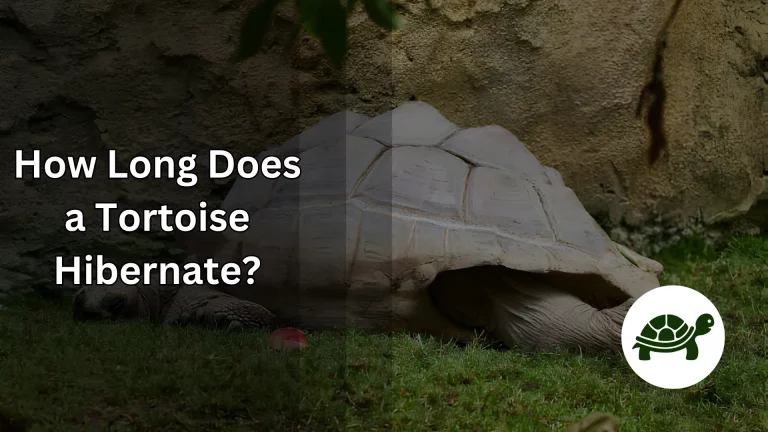A Complete Guide to Live Plants For Tortoise Enclosure
When it comes to your tortoise’s well-being, the enclosure is more than just a habitat—it’s a world your pet will spend most of its life in. One often-overlooked aspect of designing a tortoise enclosure is the role of live plants. Plants not only beautify the space but also offer numerous health and psychological benefits for your shelled friend.
Selecting the right plants for a tortoise enclosure is crucial for creating an environment that is both stimulating and safe. From edible greens that provide a natural diet to decorative flora that mimics their native habitat, the possibilities are endless but come with their own set of challenges. This article aims to guide you through the maze of choices, so you know exactly what to plant in your pet’s home.
Whether you’re a tortoise hobbyist or someone looking to create a slice of paradise for your pet, this comprehensive guide will cover everything you need to know about choosing and maintaining the best live plants for your tortoise enclosure.
Why Live Plants?
When it comes to setting up a tortoise enclosure, most owners focus on the basics: substrate, heat lamps, and water dishes. But what about live plants? Incorporating greenery into your tortoise’s living space is not just an aesthetic choice; it’s a way to mimic the natural environment and offer an enriched lifestyle to your pet.
Live plants serve multiple functions. Firstly, they help in creating a habitat that closely resembles your tortoise’s natural surroundings, which can significantly improve their psychological well-being. Just like in the wild, your tortoise can explore, hide among the leaves, or even munch on safe, edible varieties. Plants can also act as natural air purifiers, helping to maintain a clean and oxygen-rich environment. It’s a win-win for both you and your pet!
The benefits extend beyond the enclosure. Live plants act as natural air purifiers, improving the air quality not just for your tortoise but also for your home. Plants can absorb harmful toxins and release oxygen, creating a healthier living space. So, if you’re aiming to offer your tortoise a stimulating, naturalistic environment, while also reaping benefits for yourself, live plants are the way to go!
However, it’s not just about throwing in any plant you find attractive. The choice of plants needs to be both safe and suitable for your specific type of tortoise. Different species have different dietary and environmental needs, and what works for one may not work for another. This is why it’s crucial to do your research before making any additions to your enclosure. Stay tuned as this guide will delve into the different types of plants that are both safe and beneficial, tailored to the needs of various tortoise species.
Considerations Before Choosing Plants
Before you rush to the nearest nursery or start browsing online plant shops, there are essential factors to consider. Making an informed decision about which plants to include in your tortoise enclosure ensures that you’re creating a habitat that is not only visually pleasing but also safe and beneficial for your tortoise.
The first thing to consider is the species of your tortoise. Different tortoises hail from various natural habitats, each with its unique set of flora. What may be a delicacy for a Russian Tortoise could be toxic for a Red-Footed Tortoise. Research your tortoise’s natural habitat to understand which plants are typically found there, as this will guide you in making a selection that’s both safe and comforting for your pet.
Safety is another vital aspect to keep in mind. Not all plants are created equal when it comes to their suitability for tortoise enclosures. Make sure to consult reputable sources to ensure the plants you’re considering are non-toxic. The last thing you’d want is to introduce a plant that could potentially harm your tortoise.
Lastly, think about the climate and lighting conditions of your enclosure. Some plants require more sunlight than others, while some may need a more humid or dry environment. Match the plant’s needs with the conditions in your enclosure to ensure they thrive, creating a more vibrant and healthy living space for your tortoise.
Types of Suitable Plants
Choosing the right foliage for your tortoise enclosure is a balancing act between aesthetics, safety, and the natural needs of your pet. Fortunately, there are a variety of plants that tick all these boxes. Let’s explore some popular categories and examples of suitable plants to consider.
Edible Plants
Edible plants serve dual purposes: they add natural beauty to the enclosure and provide a nutritious food source for your tortoise.
Dandelion Leaves

These are a rich source of calcium and other essential nutrients for tortoises. They are also easy to grow and maintain.
Clover

Clover is another excellent option, high in protein and fiber. It’s also a common plant in many tortoises natural habitats.
Plantain

Not to be confused with the banana-like fruit, Plantain leaves are a fibrous, nutritious addition to a tortoise’s diet.
Always ensure these plants are pesticide-free and washed thoroughly before introducing them into the enclosure.
Decorative Plants
Decorative plants add aesthetic value to your tortoise enclosure, making it more visually appealing.
Spider Plants

These are non-toxic and easy to care for, adding a tropical touch to your enclosure.
Boston Ferns

They thrive in humid conditions, making them suitable for certain tortoise species’ natural habitats.
African Violets

These flowering plants are safe and add a pop of color to the enclosure.
If these plants are not meant to be eaten by your tortoise, place them out of reach to avoid any accidental ingestion.
Ground Cover Plants
Ground cover plants create a more naturalistic environment and can help control dust and erosion within the enclosure.
Sedum

This succulent ground cover thrives in various lighting conditions and is easy to maintain.
Creeping Thyme

This plant is both beautiful and functional, providing a soft carpet-like covering on the enclosure’s floor.
Moss
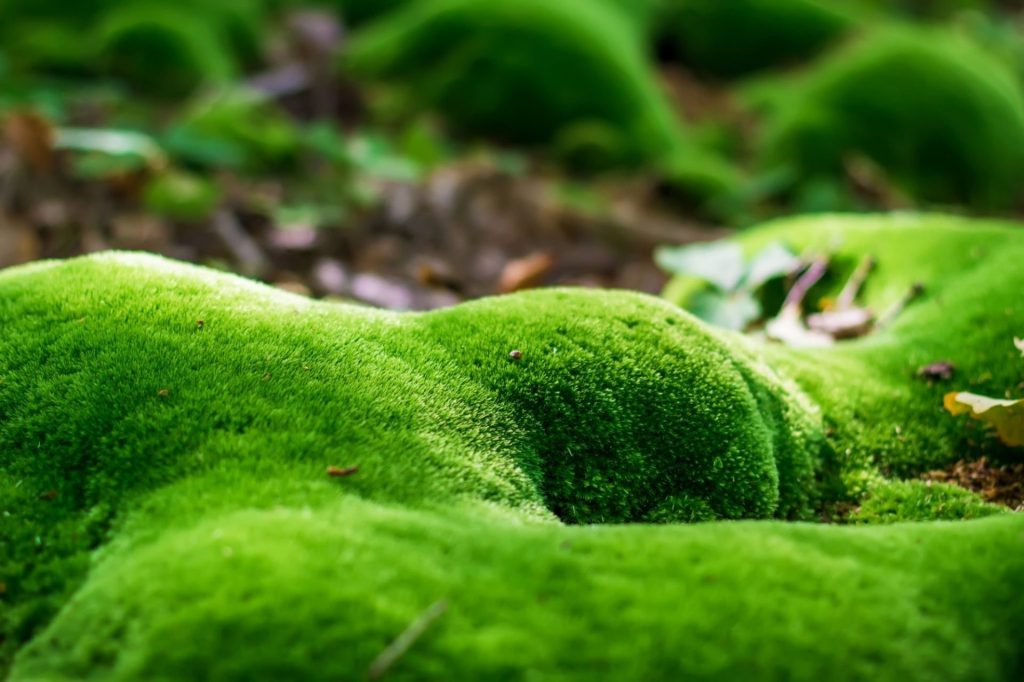
Perfect for creating a softer substrate for your tortoise to walk on, moss also retains moisture well.
A well-planted enclosure not only looks fantastic but is also a paradise for your tortoise. By choosing from these categories and tailoring your selections to your specific tortoise species, you’ll be offering both nutritional benefits and mental stimulation for your pet.
How to Plant
Once you’ve selected the perfect live plants for your tortoise enclosure, the next step is getting them planted. This process isn’t just about digging a hole and putting the plant in; there are key considerations to ensure that the plants thrive and your tortoise stays safe. Here’s a simple step-by-step guide to help you plant effectively.
Preparing the Enclosure
Start by removing your tortoise temporarily to a safe area. Then, inspect the substrate in your enclosure to ensure it’s appropriate for the types of plants you’re introducing. Some plants prefer sandy soil, while others might require a loamier mix. Adjust your substrate as needed.
Planting Process
Planting in a tortoise enclosure isn’t vastly different from regular gardening, but you should take extra precautions to ensure safety.
Positioning
Plan where each plant will go, keeping in mind that some plants require more space or sunlight than others. This will help you optimize the growth of each plant.
Digging
Create holes that are appropriate for the size of the plant’s root ball. This usually means a hole twice as wide as the root ball and just as deep.
Planting
Gently remove the plant from its container, place it in the hole, and cover the roots with substrate. Water immediately after planting to help settle the soil.
Safety Measures
While planting, make sure to wear gloves and wash your hands thoroughly before handling your tortoise again. Also, double-check that the plants are securely in place to prevent your tortoise from uprooting them.
Aftercare
Once everything is planted, introduce your tortoise back into the enclosure and monitor both the plants and your pet closely for the first few weeks. This allows you to make any necessary adjustments to ensure both your tortoise and the plants are thriving.
Planting live plants in your tortoise enclosure not only enhances its aesthetic appeal but also significantly contributes to creating a stimulating and natural environment for your tortoise. Follow these guidelines, and you’ll have a lush, safe, and stimulating habitat for your pet to enjoy!
Common Mistakes to Avoid
Planting live plants in a tortoise enclosure is a rewarding but nuanced process. While the benefits are numerous, there are pitfalls that could potentially harm your tortoise or lead to a less-than-ideal environment. Being aware of these common mistakes can save you time, money, and most importantly, ensure the well-being of your pet.
Choosing Toxic Plants
The most glaring mistake is introducing plants that are toxic to tortoises. It’s vital to do your research and consult credible sources to ensure that you’re selecting non-toxic, safe plants for your specific tortoise species.
Overcrowding the Enclosure
While you may be tempted to turn your tortoise enclosure into a lush jungle, overcrowding can be problematic. Too many plants can limit your tortoise’s mobility and even lead to stress. Aim for a balanced setup that provides room for your tortoise to explore.
Neglecting Plant Care
Just like your tortoise, plants also have specific care requirements such as watering, lighting, and nutrients. Neglecting plant care can result in wilted or dead plants, which can be unsightly and offer no benefits to your pet.
Inadequate Planting Depth
A common mistake is planting too shallow or too deep. This can lead to poor root development, making it easier for your tortoise to uproot the plants. Follow proper planting guidelines to ensure a secure setup.
Ignoring Microclimate Needs
Different plants thrive in different conditions. Make sure you’re matching the microclimate inside the enclosure to the needs of the plants. This involves considering factors like humidity, temperature, and light exposure.
By being cautious and avoiding these common mistakes, you can create a vibrant and healthy enclosure that enriches your tortoise’s life. Whether you’re a first-timer or an experienced tortoise parent, keeping these pitfalls in mind will help you build a more successful, stimulating, and safe environment for your pet.
Frequently Asked Questions (FAQ)
Planting live plants in a tortoise enclosure is a subject filled with nuances. To make your journey easier, we’ve compiled a list of frequently asked questions that can provide quick solutions to common challenges.
1. What Types of Plants Are Safe for My Tortoise?
Different species of tortoises have different dietary and environmental needs. Generally, safe options include Dandelion leaves, Clover, and Plantain for edible plants, and Spider Plants, Boston Ferns, and African Violets for decorative plants. Always consult your veterinarian or a reptile expert for advice tailored to your specific tortoise species.
2. How Often Should I Water the Plants?
The watering frequency depends on the types of plants you’ve chosen and the humidity levels in your tortoise enclosure. For most plants, watering once a week should suffice, but make sure to adjust based on the needs of the specific plants.
3. Can I Use Fertilizer in the Enclosure?
It’s best to avoid using synthetic fertilizers as they may contain chemicals harmful to your tortoise. If you need to enrich the soil, opt for organic options and consult your vet for safety guidelines.
4. How Do I Prevent My Tortoise from Uprooting Plants?
To prevent your tortoise from uprooting plants, make sure to plant them at an appropriate depth, typically twice as wide as the root ball and just as deep. Some keepers also use barriers or plant cages to protect the plants.
5. Can I Plant Edible and Decorative Plants Together?
Yes, you can plant both edible and decorative plants in the same enclosure. Just ensure that the decorative plants are either non-toxic or placed out of reach of your tortoise to prevent accidental ingestion.
Adding live plants to your tortoise enclosure enhances both its visual appeal and functionality. Whether you’re dealing with concerns about plant types, watering, or safety, these FAQs are designed to guide you in creating a vibrant and safe environment for your tortoise.
Conclusion
Incorporating live plants into your tortoise enclosure is more than just an aesthetic choice—it’s an essential step towards creating a habitat that mimics your tortoise’s natural environment. From edible plants that offer nutritional benefits to decorative and ground cover plants that add visual depth and complexity, the options are numerous and rewarding. By following proper planting guidelines and avoiding common mistakes, you can transform your tortoise enclosure into a thriving, stimulating, and safe haven for your beloved pet.
Whether you’re a tortoise-care novice or a seasoned expert, integrating live plants will undoubtedly elevate the quality of your pet’s life. Take the time to research, prepare, and plant with care, and you’ll be rewarded with a happy, healthy tortoise and a visually pleasing enclosure that’s a joy to observe.
So go ahead, get your hands a little dirty, and start planting today. Your tortoise will thank you, and you’ll gain a fulfilling, ever-evolving hobby in tortoise habitat enrichment.


